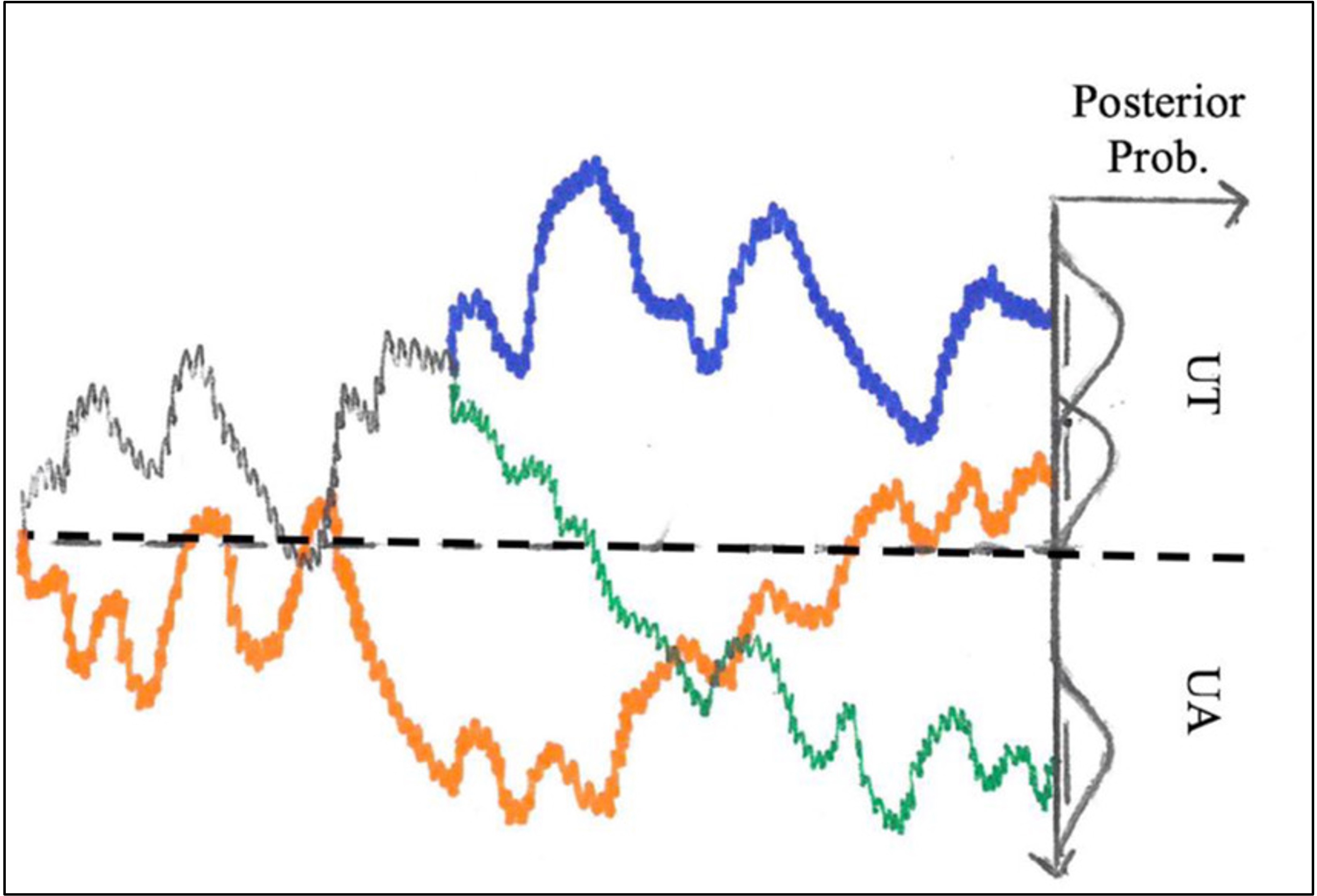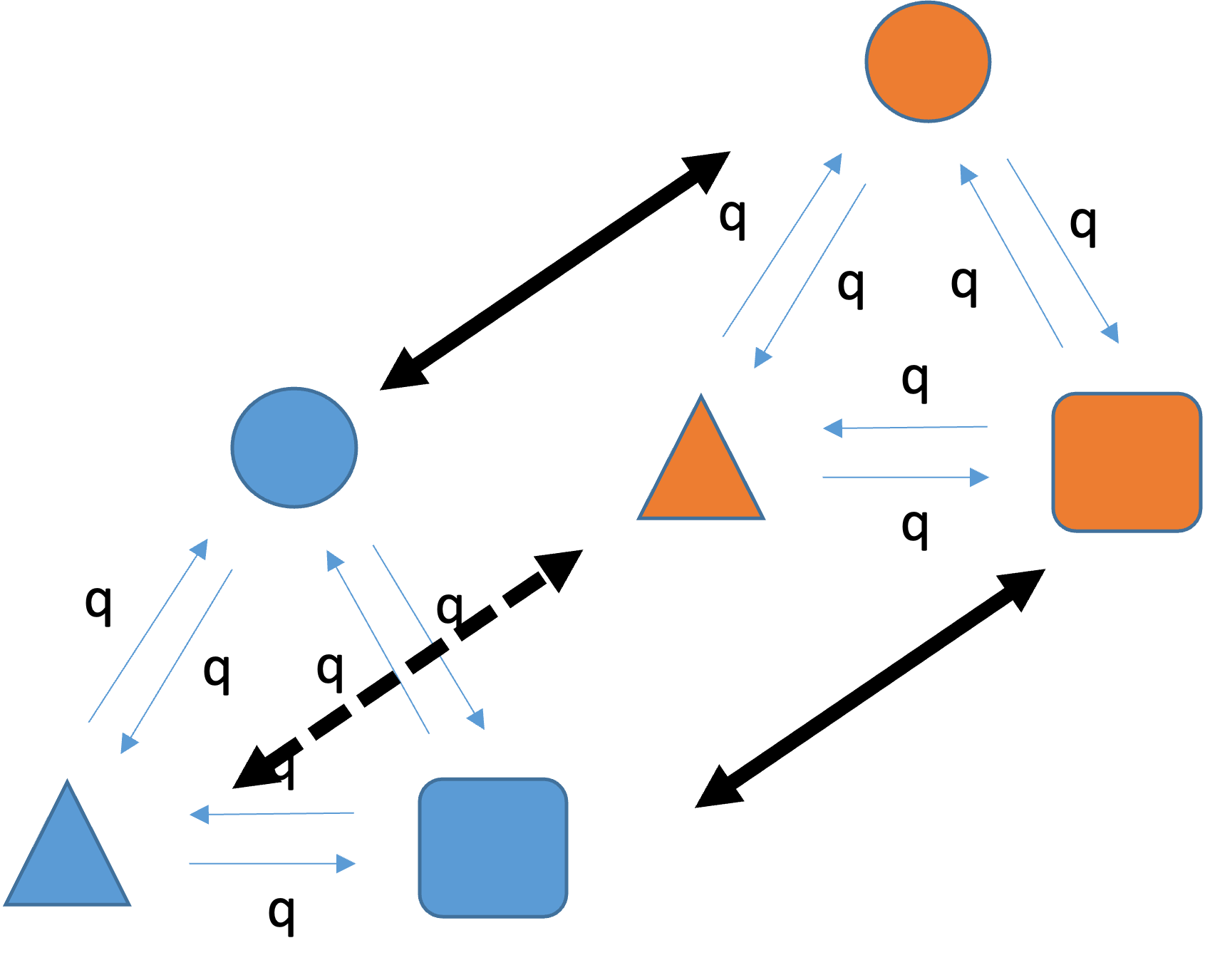
Plant Morphology, Statistical Phylogenetics and Evo-Devo
I am captivated by origin stories in biology. Both across evolutionary time and across organismal time. The past has a unique way of contextualizing the present and providing insight into the future. My research focuses on characterizing the processes that have produces the vast organismal diversity that exists. My approaches primarily fall into the field of Evolution and Developmental Biology, specifically the subdisciplines of phylogenetic comparative methods and plant morphology.
Development- Plant Morphology

A key focus of mine is to understand how are diverse developmental structure generated by organisms. Primarily I have focused on reproductive structures in angiosperms (i.e., flowers and inflorescences). I use tools from genetics, molecular biology and imaging to understand how plant meristems (stem cells) organize themselves and differentiate into diverse structures. For some examples of research in this field see,
- Martínez-Gómez, J., A.H., Atluri T., Rose, I.J., Holliday, Strock, C., Lynche, J., Miller, W., Steven- son, D.W., D.W., Specht, C.D. Developmental Morphology and Anatomy Shed Light on Both Parallel and Convergent Evolution of the Umbellate Inflorescence in Monocots, Underlain by a New Variant of Metatopy. Frontiers in Plant Science (2022): 1138. Special Issue: Monocot Phylogenetics and Trait Evolution
- Martínez-Gómez, J., Galimba K.D, Cot ́e E. Y., Sullivan A. M., and Di Stilio V.S. Spontaneous homeotic mutants and genetic control of floral organ identity in a ranunculid. Evolution and Develop- ment 23.3 (2021): 197-214.
- Galimba, K. D., Martínez-Gómez, J., & Di Stilio, V. S. Gene Duplication and Transference of
Function in the paleoAP3 Lineage of Floral Organ Identity Genes. Frontiers in Plant Science 9 (2018):
334.
Evolution - Phylogenetic Statistical Methods

Another piller of my work is understanding how developmental and mature traits have evolved. Key to this is making accurate and realistic inference of what organisms looked like in the pass. To this end I have focused on developing statistical phylogenetic methods that integrate our knowledge of plant morphology. I am also generally intrested in how biologist interrpret models of evolutionary biology. For research related to this see,
- Martínez-Gómez, J., Freymann W., Specht C.D.Incorporating prior information of developmental genetics in trait evolution with the Threshold Model: The Umbel-ivable Amaryllis Umbel as a case study. in prep
- Martínez-Gómez, J. Digest: Phylogenetic comparative methods identify traits associated with ur-
banization tolerance in Anolis.” Evolution (2020).
Collaboration - From Ontologies to Floral Scent
While my own personal academic intrests drive my research program it is hard to not be captivatied by science of my peers. To the extent that I have published with fellow graduates in fields tangential to my expertise. These have been fruitful endevors and I am always looking for new avenues of investigation! For some examples of my collaborative work see,
- Harline, K., Martínez-Gómez, J., Specht, C.D., Roeder, A. H.K. A life cycle for modeling biology at different scales. Frontiers in Plant Science (2021): 1724. Special Issue: Growth Patterns Underlying Plant Development
- Tribble, C., Martínez-Gómez, J., Howard, C. C., Males, J., Sosa, V., Sessa, E. B., Cellinese, N., Specht, C., D. Get the Shovel: Evolutionary Complexities of Belowground Organ in Geophytes. American Journal of Botany 108.3 (2021): 372-387.
- Wang, T. N., Clifford, M. R., Martínez-Gómez, J., Johnson, J. C., Riffell, J. A., & Di Stilio, V.
S. Scent matters: differential contribution of scent to insect response in flowers with insect vs. wind
pollination traits. Annals of Botany 123.2 (2019): 289-301.
Funding and Support
I have been lucky to have been supported by a number agenies throughout my academic career. They have allowed me to purse my education and research and I have them to thank for output. For a complete list see my CV
